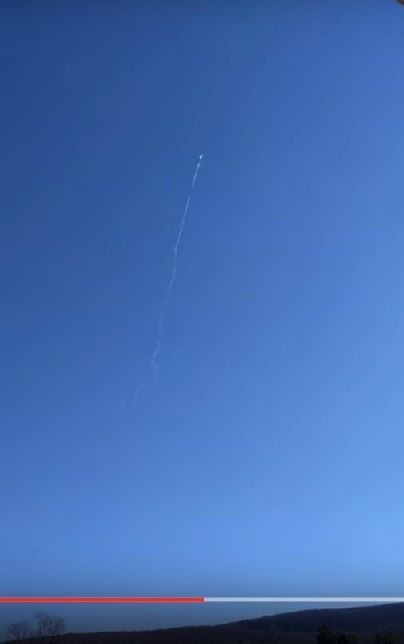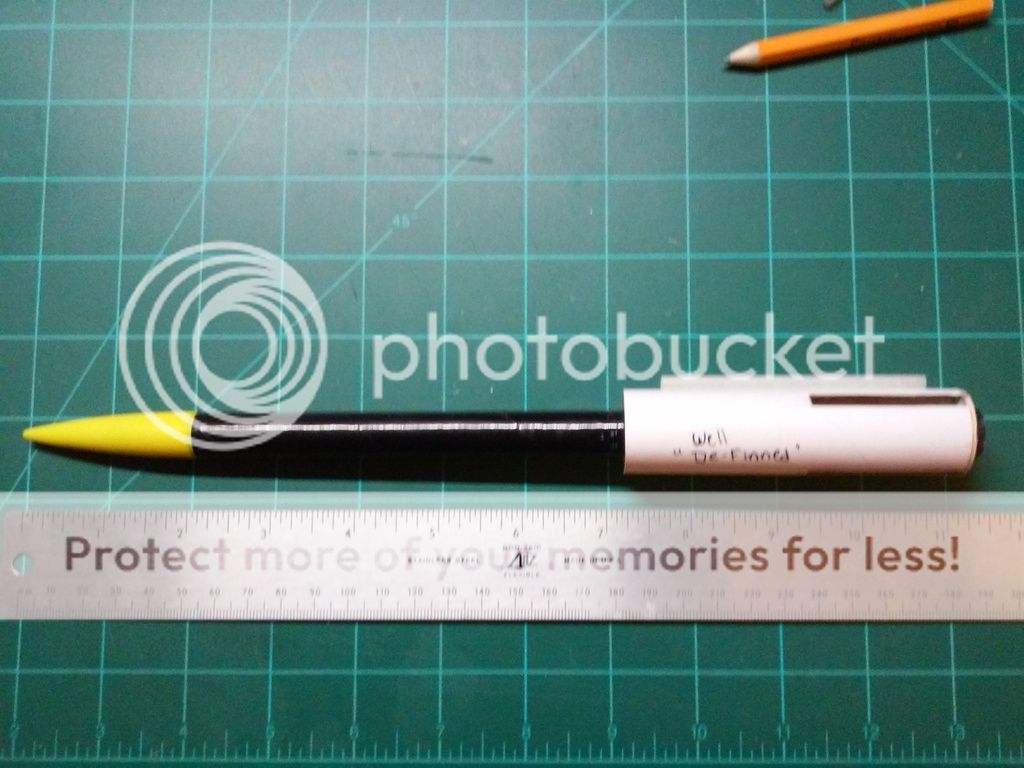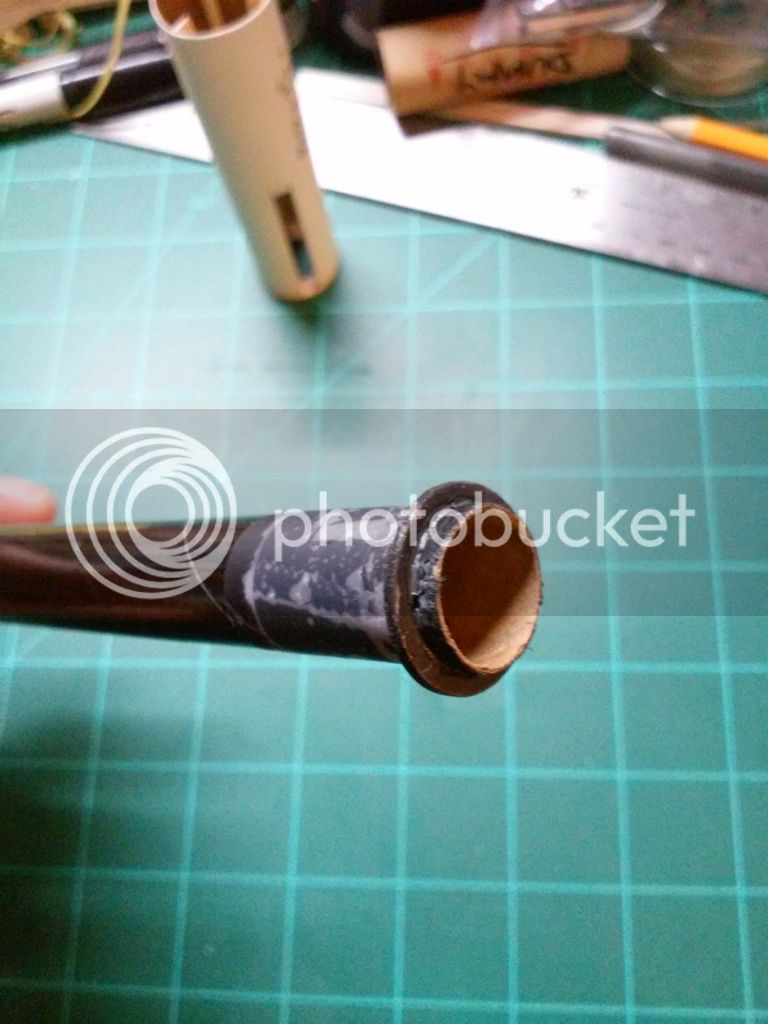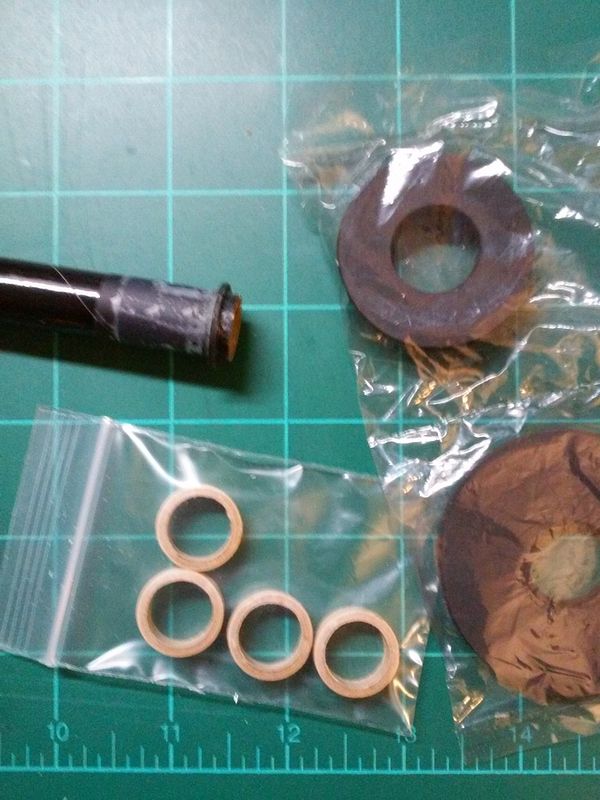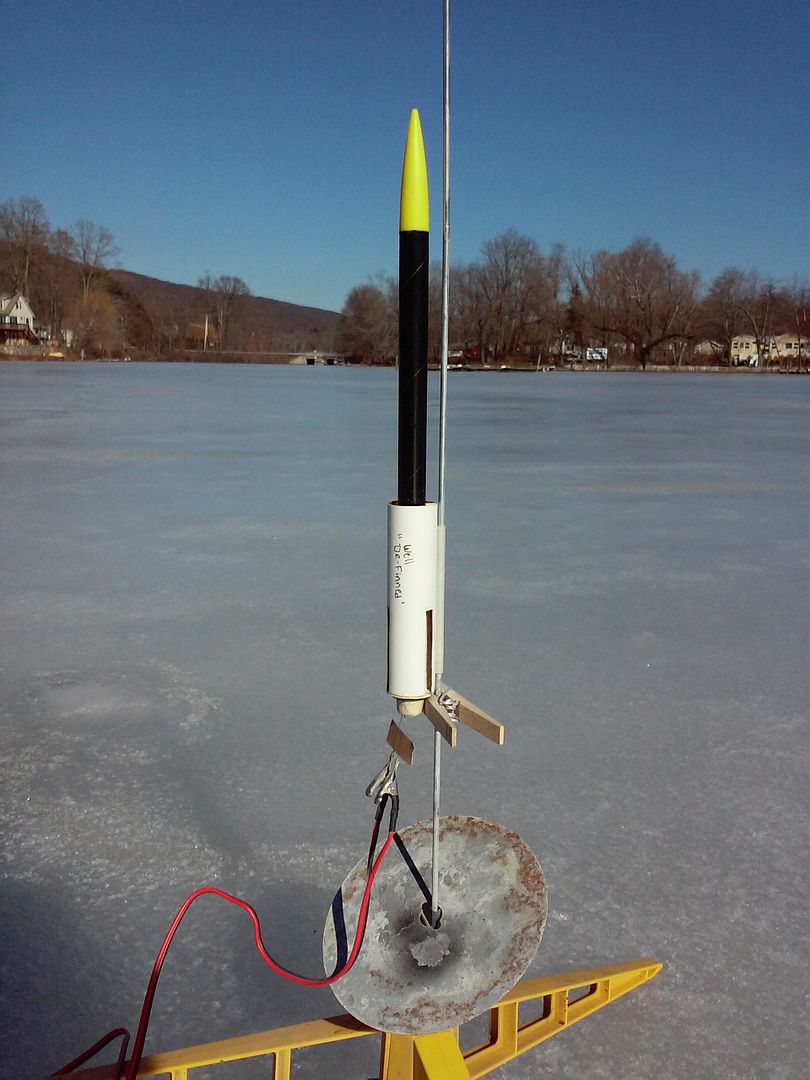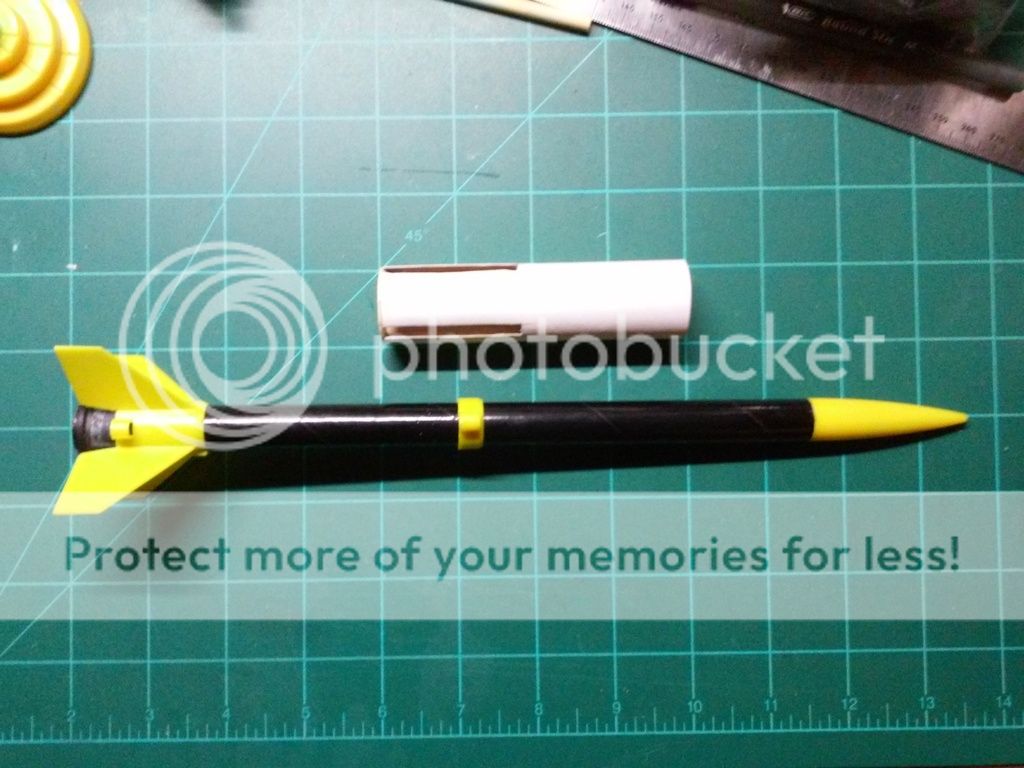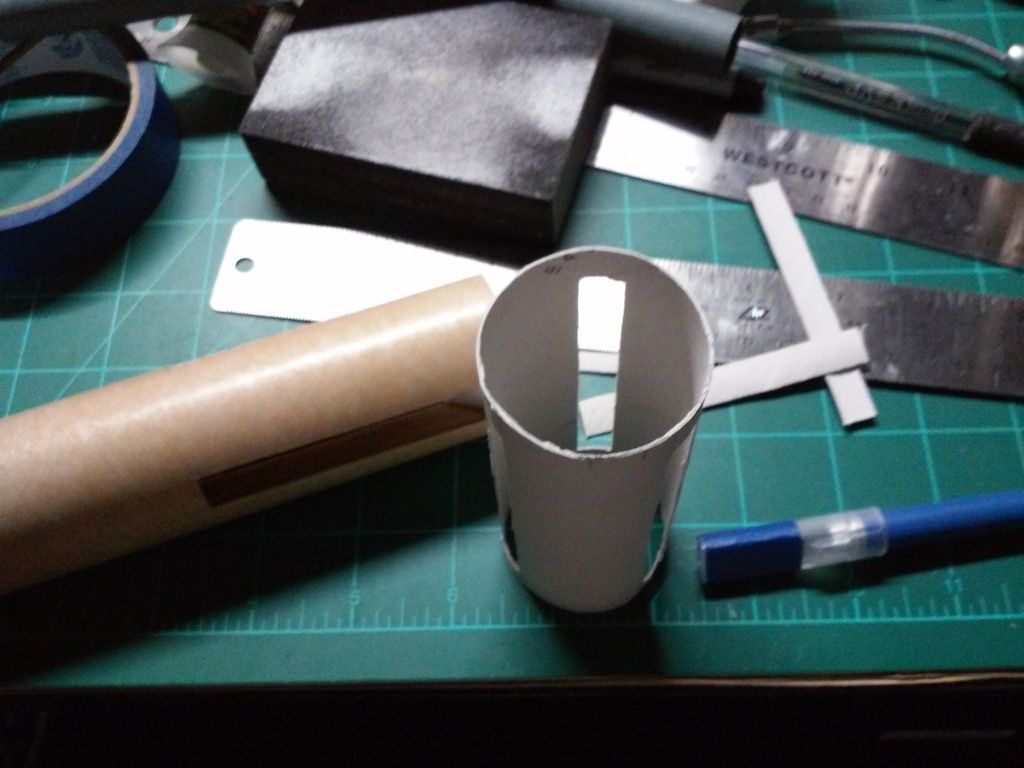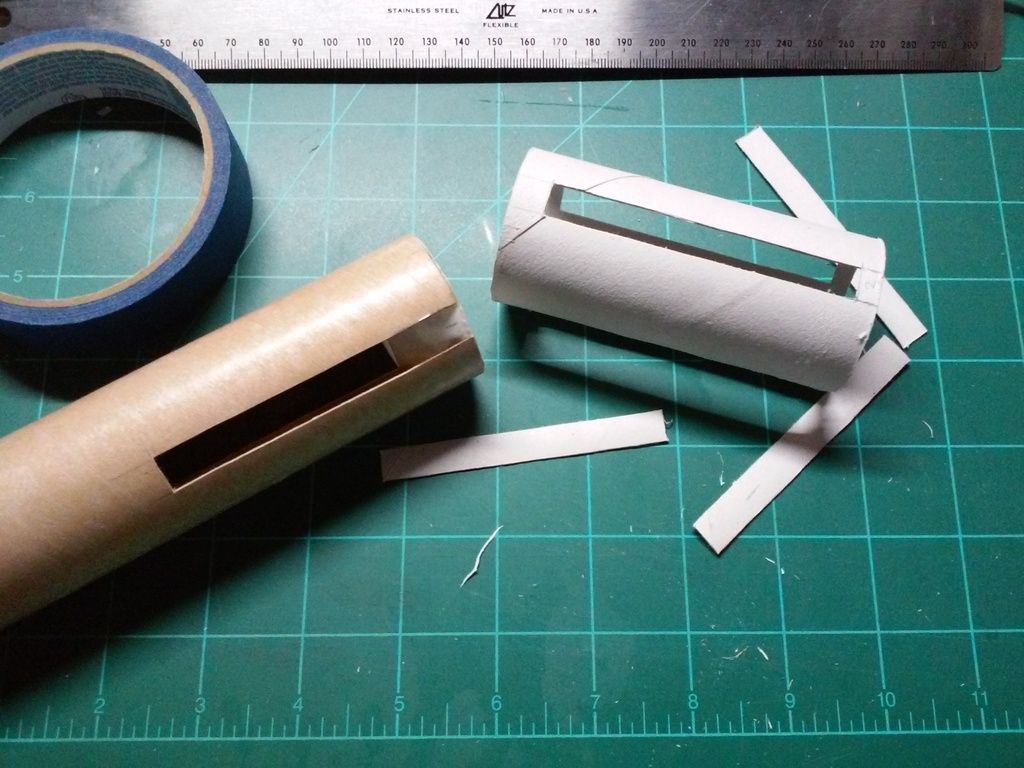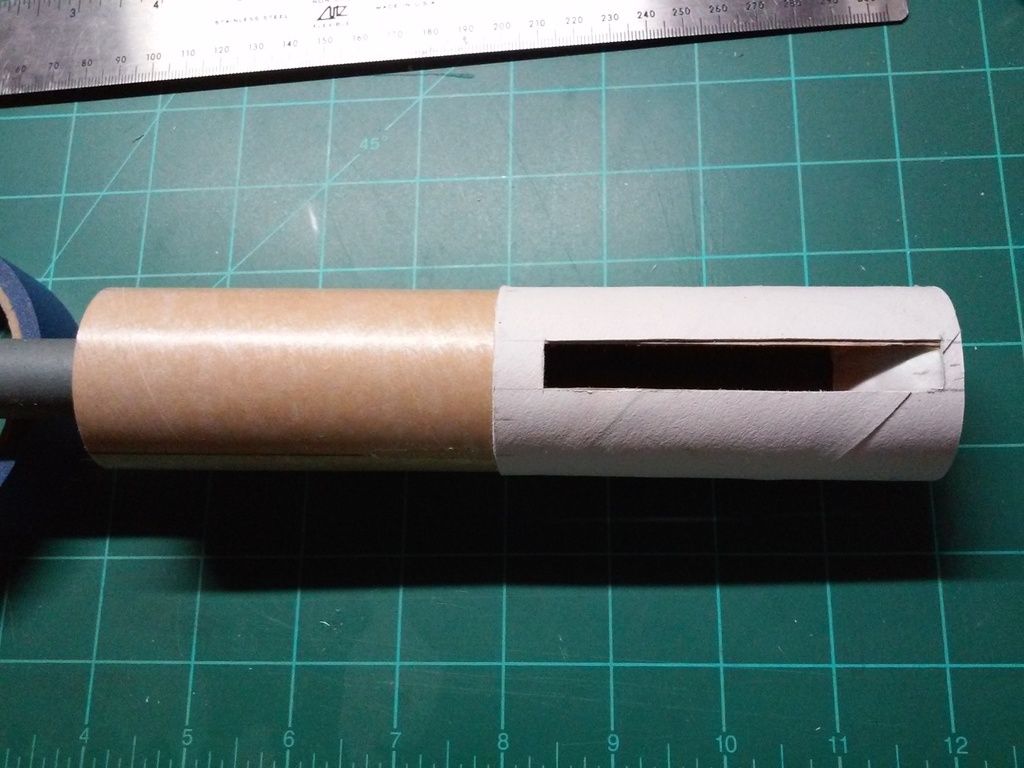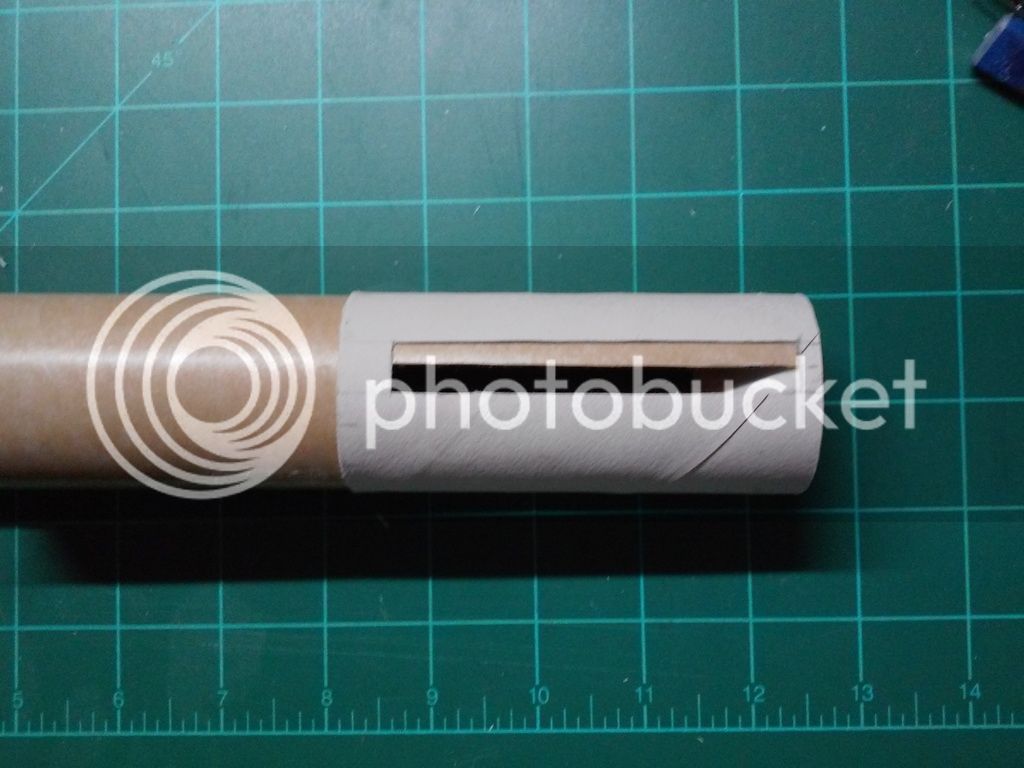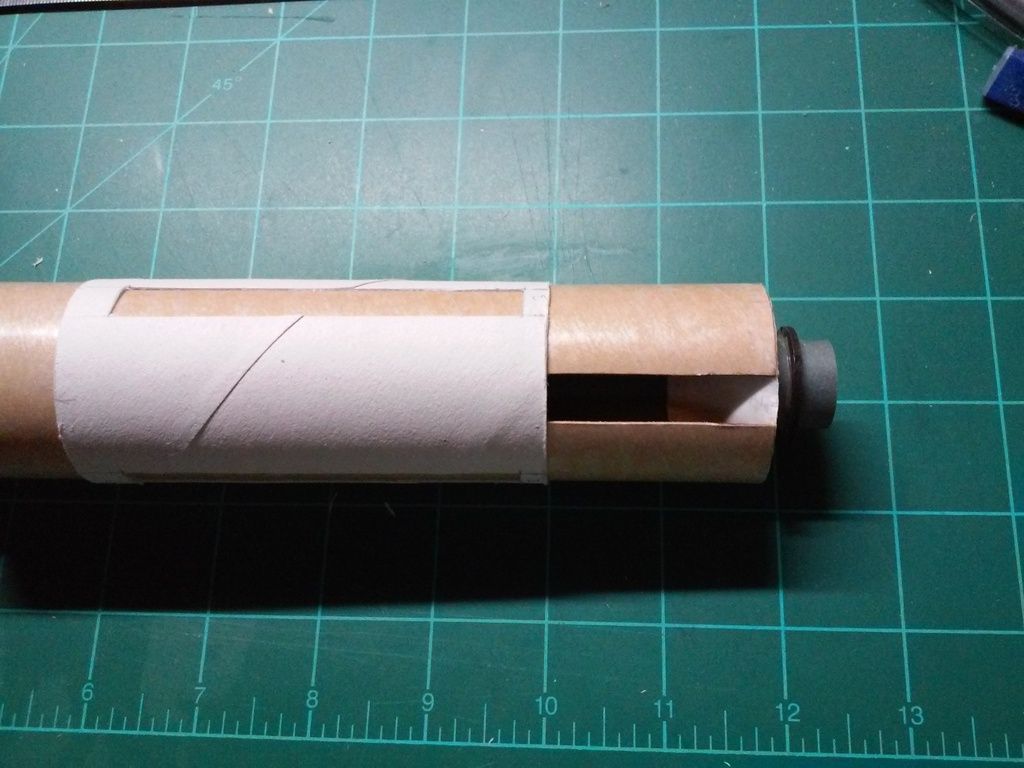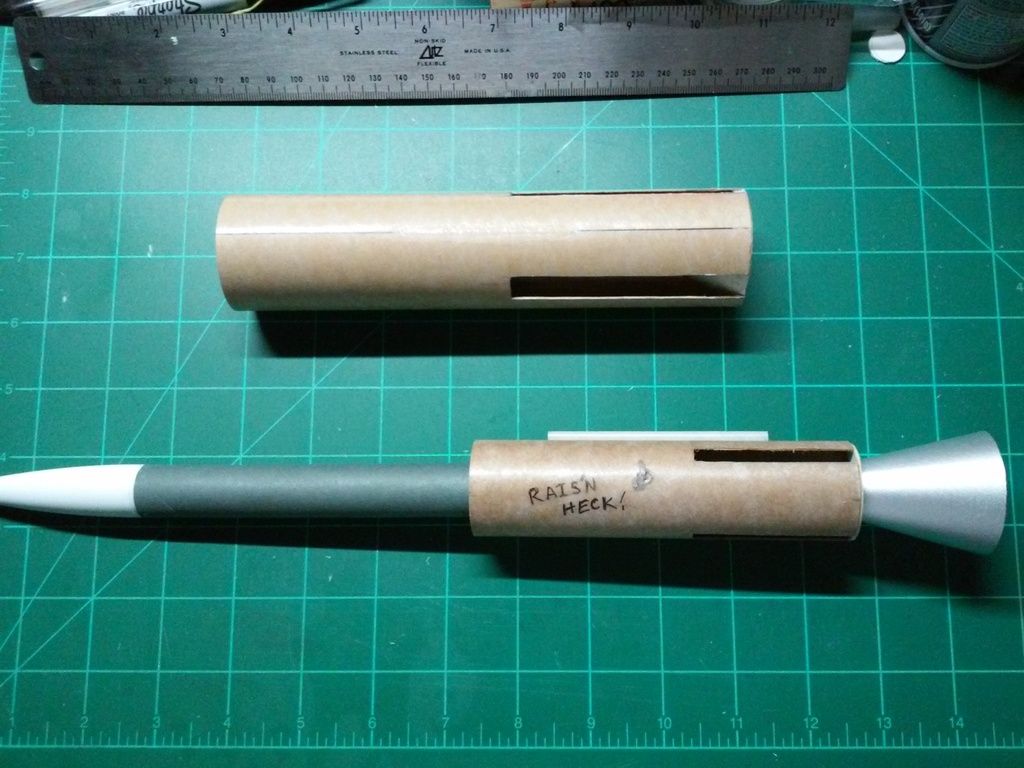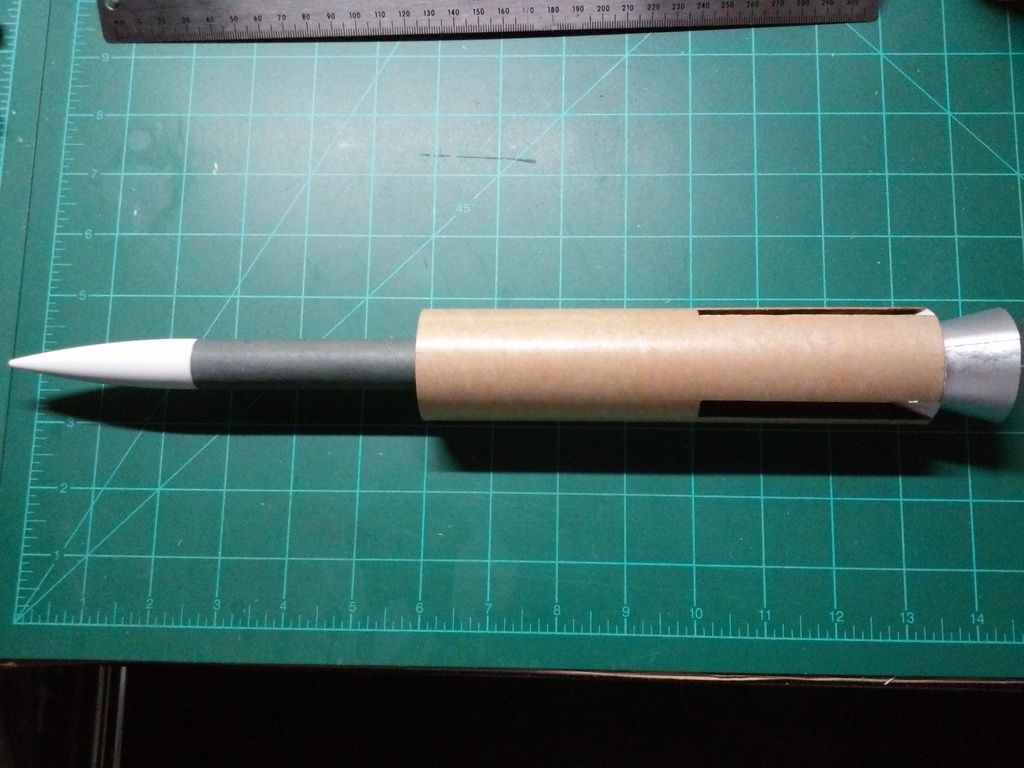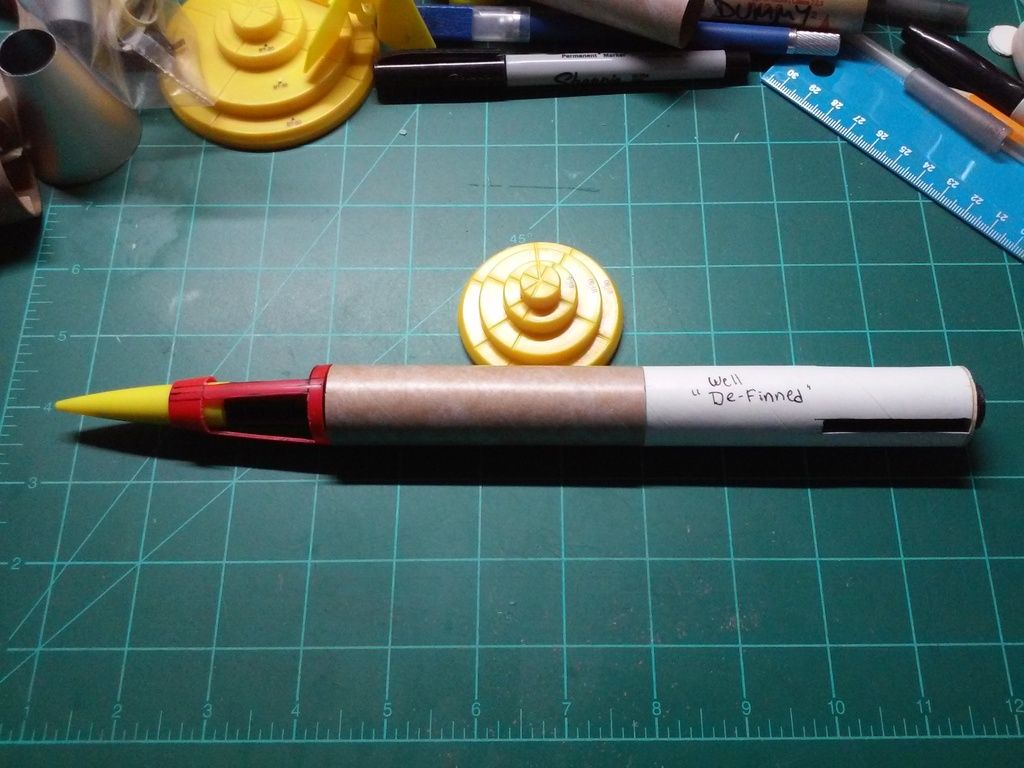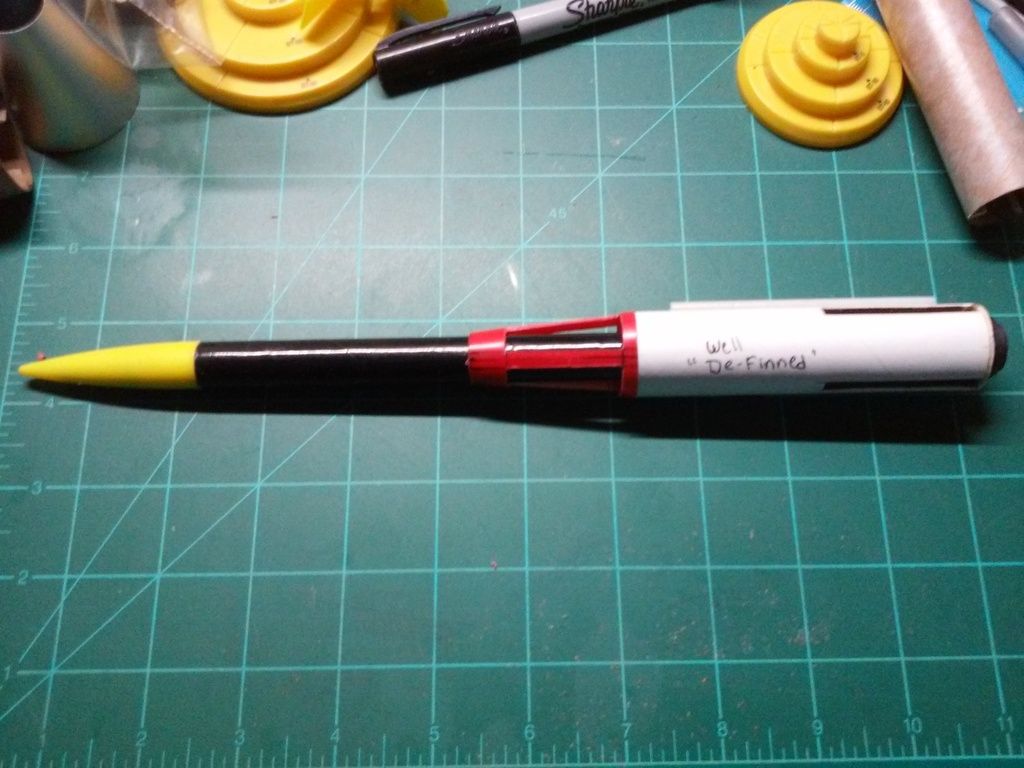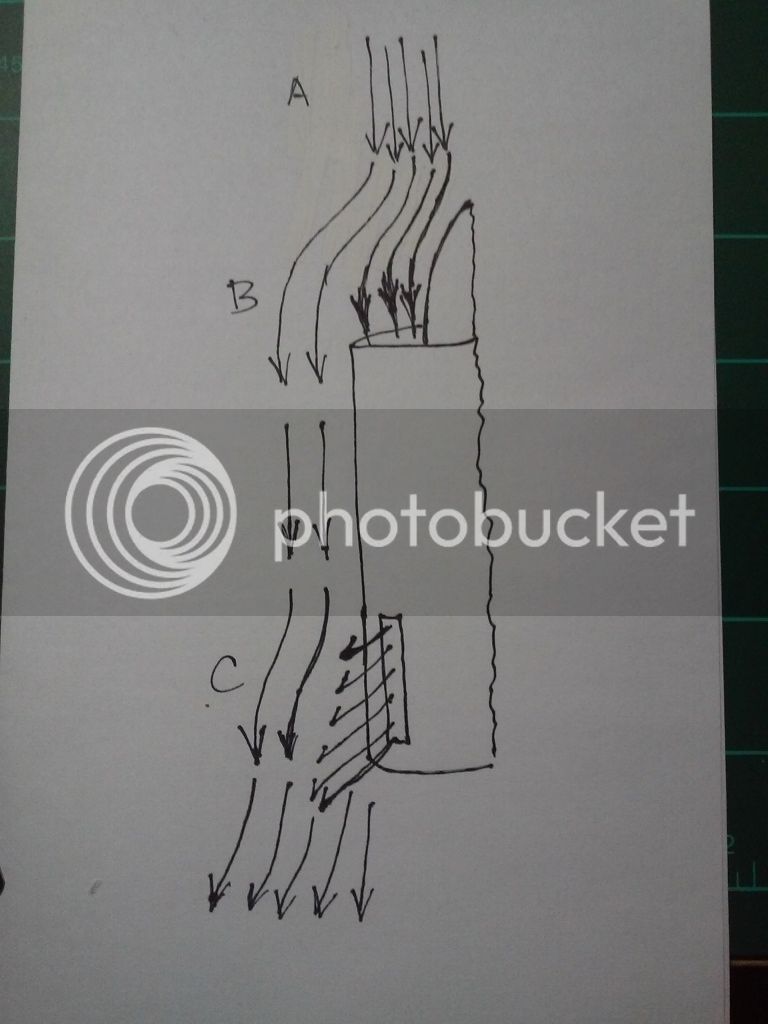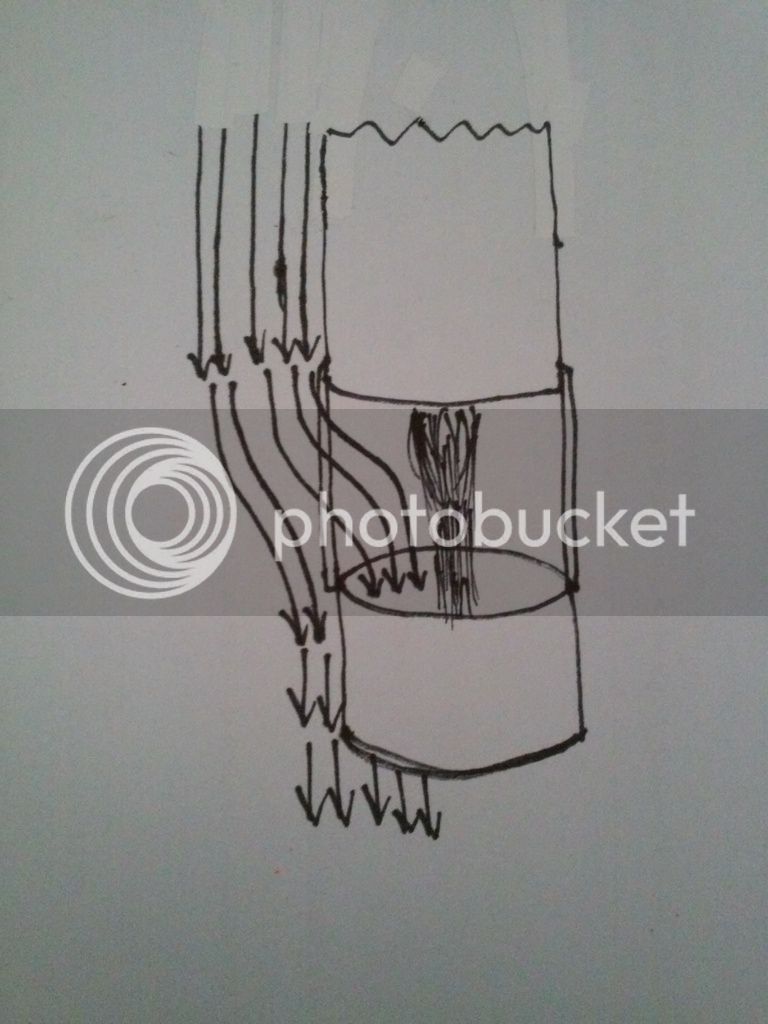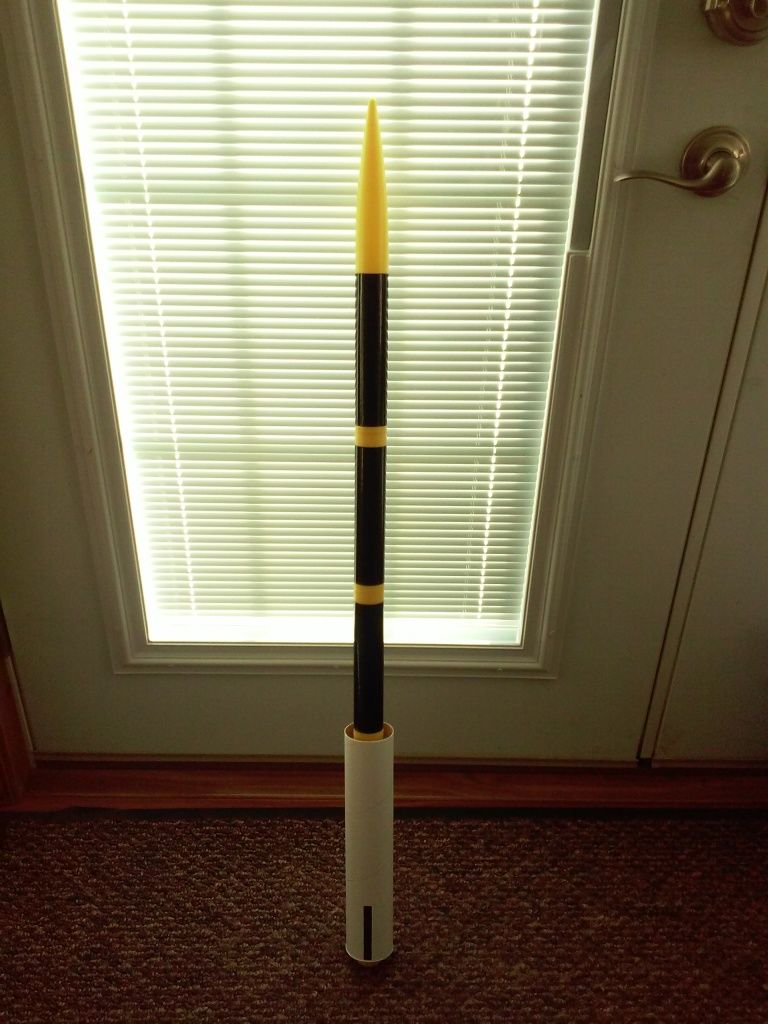Your journey to the dark side is almost complete and there are many watching your career with much interest.
I've been to rocket launches from one side of the State to the other, seen lots of strange things, but nothing leads me to believe there is an all powerful Force that can make fin-less rockets fly.
The thing to say to the oddroc flyer who is alone and pushing the launch button on the prototype: "Where are your rebel friends now?"
The oddroc flyer has only a half dozen or so friends. They only show up with calm weather and a long launch rod:
1. No good, stinking, performance robbing nose weight.
2. Plenty of thrust: Trust in Thrust.
3. Canted motors.
4. Forward mounted/recessed motors.
5. Base drag.
6. GDS/air induction.
Hey, six friends isn't bad, and the list may grow. May the Force be with you.
I've been to rocket launches from one side of the State to the other, seen lots of strange things, but nothing leads me to believe there is an all powerful Force that can make fin-less rockets fly.
The thing to say to the oddroc flyer who is alone and pushing the launch button on the prototype: "Where are your rebel friends now?"
The oddroc flyer has only a half dozen or so friends. They only show up with calm weather and a long launch rod:
1. No good, stinking, performance robbing nose weight.
2. Plenty of thrust: Trust in Thrust.
3. Canted motors.
4. Forward mounted/recessed motors.
5. Base drag.
6. GDS/air induction.
Hey, six friends isn't bad, and the list may grow. May the Force be with you.
Last edited:





